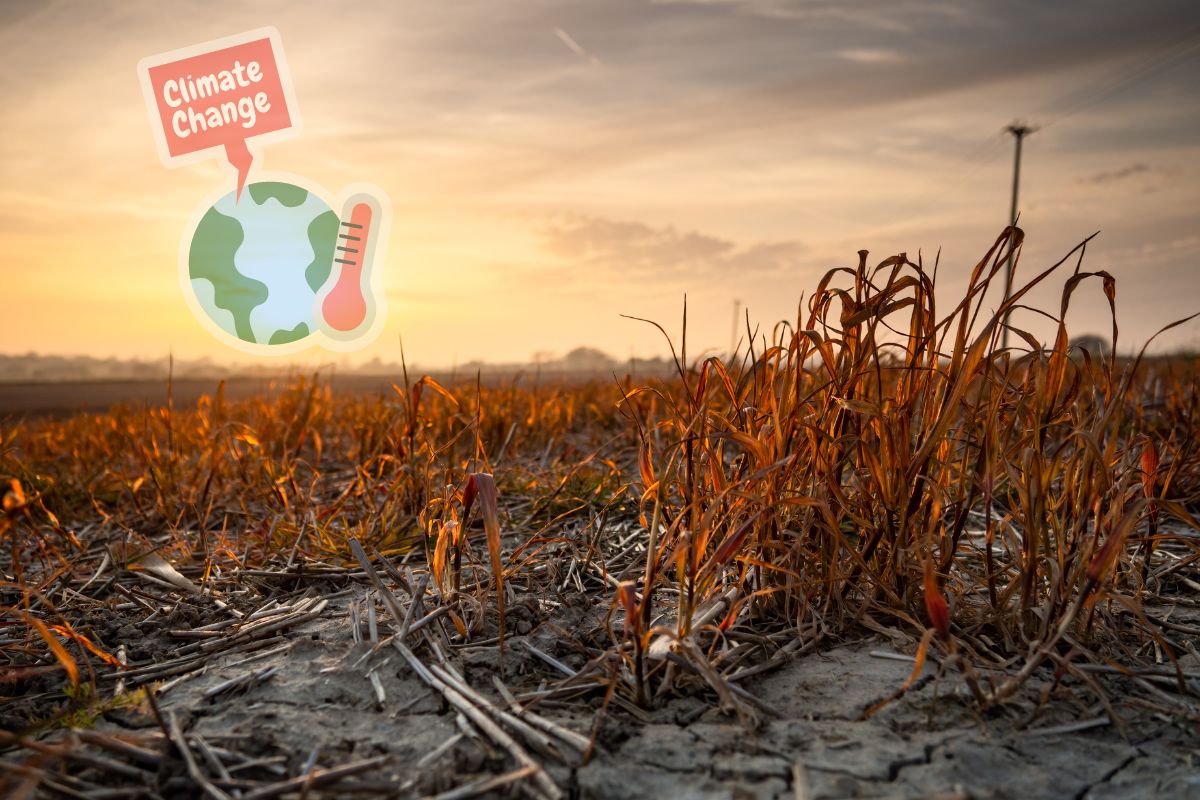Few changes have been made in the program despite rising risks associated with global warming.
Risk has always been a part of farming, particularly due to its dependence on the weather in any given season or year, and crop insurance has become a key part of the survival of many farms across the United States.
That said, risks associated with weather have been changing, but the program has altered very little.
The massive federal crop insurance program has helped farmers to ensure their businesses survive in times of flooding, drought, hail, and other types of natural disaster that can render an entire crop worthless. This coverage also provides protection against sharp commodity price drops.

Clearly, this is not a cheap program to maintain. The government pays out about 60 percent of what it receives in premiums. On top of that, it hands substantial subsidies to the insurers that sell it. This costs taxpayers around $9 billion in an average year, according to US Government Accountability Office director Steve Morris. That said, that number is climbing, and due to climate change, it is likely to rise more quickly.
Crop insurance is currently critical to the survival of much of US agriculture, but it’s not keeping up.
“Part of that is just because of the scale and size of the program, you’re having more producers sign up, et cetera. but I think the latest costs were, you know, upwards of $15 billion or so,” said Morris. “So, it’s a very large program and it’s getting bigger.”
US Congress has broadened and increased the crop insurance subsidy over the last tens of years. It now provides coverage for hundreds of agricultural crops as well as livestock, providing coverage to about 493 acres in 2023.
Many agree that it is absolutely essential to making sure that the US food producers will be able to survive catastrophe when natural disasters strike. That said, many also agree that the program simply isn’t keeping up with current trends and the direction climate change is taking.
“The probability of extreme events, as extreme as we’ve experienced historically, and more extreme than we’ve experienced, those are changing,” said Stanford University climate scientist Noah Diffenbaugh.

